How to Cure Salmon for Proper Russian Zakuski
11 min read Learn the authentic techniques to cure salmon perfectly for traditional Russian zakuski, enhancing your culinary repertoire and cultural appreciation. July 19, 2025 15:05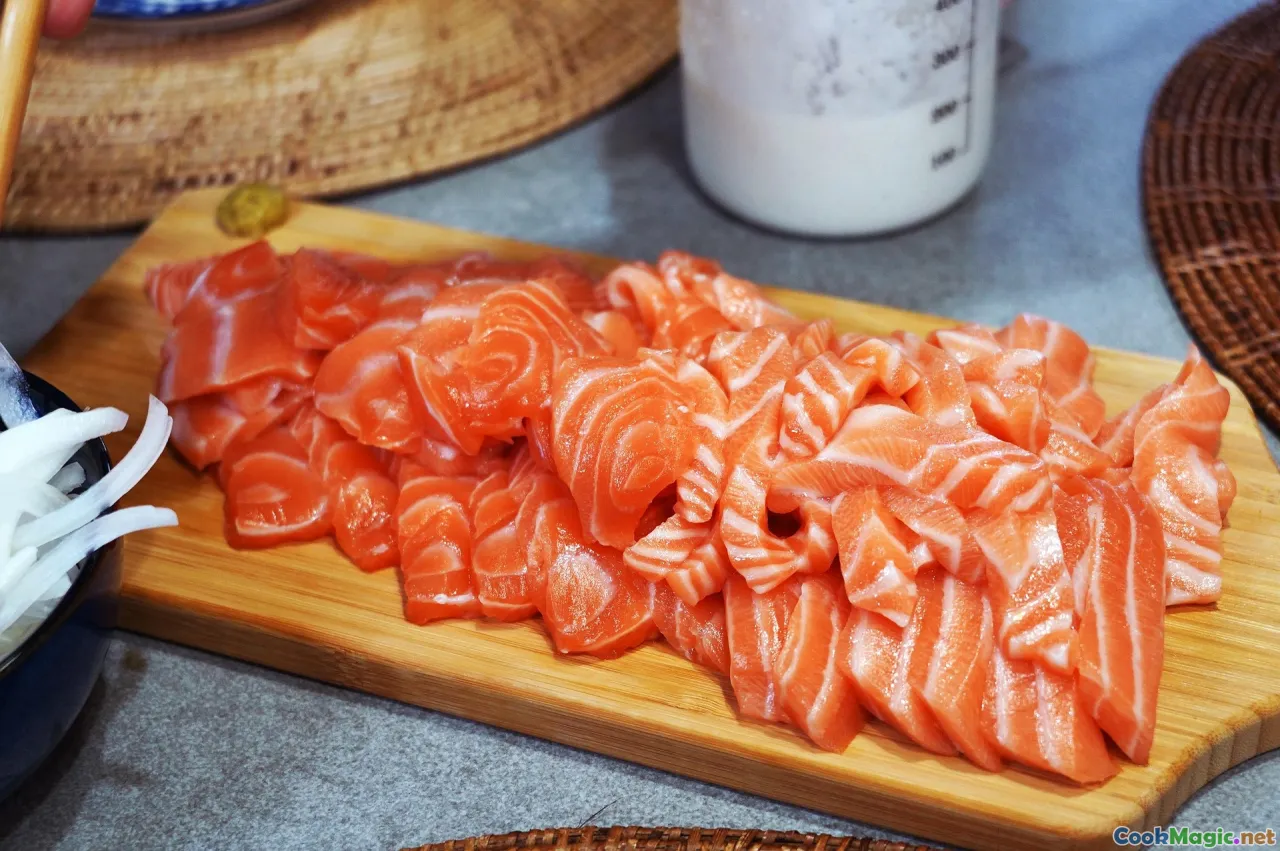
The Art of Curing Salmon for Authentic Russian Zakuski
Few delights evoke the soul of Russian culinary tradition quite like well-cured salmon on a zakuski platter. The delicate, silky texture, coupled with a nuanced balance of saltiness, subtle sweetness, and aromatic herbs, forms the centerpiece of many festive feasts—from the opulent New Year's table to a humble family gathering. Curing salmon is an age-old craft rooted in centuries of maritime bounty, refined over generations to produce a flavor that transports you straight to the icy waters of the Barents Sea or the bustling fish markets of St. Petersburg.
In this comprehensive guide, we explore the meticulous process of curing salmon—combining tradition, personal expertise, and sensory mastery—to elevate your Russian zakuski game. Whether you’re a seasoned home chef or simply a culinary enthusiast eager to deepen your understanding, prepare to embark on a sensory journey through texture, aroma, and history.
Why Curing Fish is a Pillar of Russian Culinary Heritage

Russian cuisine’s roots lie deeply within its vast geography, embracing the icy seas, lush forests, and fertile plains. Cured fish, especially salmon, has historic significance—an essential component of zakuski (appetizers) served during noble feasts and humble family tables alike. Unlike often-smoked or raw preparations, curing offers a preservation method that accentuates the fish’s inherent umami, giving it a sublime, melt-in-the-mouth quality.
In many legendary Russian recipes, cured salmon tops thin slices of dark rye bread with a dollop of sour cream, sprinkled with fresh dill—creating a harmony of flavors that’s both sumptuous and rooted in centuries of tradition. The care invested in curing reflects the Russian values of patience, precision, and love for sharing seasonal bounty.
Selecting the Perfect Salmon: The Starting Point

Good curing begins with good fish. When choosing salmon for curing, opt for fresh, sashimi-grade fillets—preferably wild salmon like Sockeye or Chinook, known for their rich color and firm texture. Farmed salmon can also be used if you select high-quality, sustainably farmed options, but wild specimens tend to have a more concentrated flavor profile.
Inspect the fish for vivid, moist flesh and a clean, oceanic smell—never overpowering or ammonia-like. The skin should be shiny, tight, and free from blemishes or discoloration. The fat marbling within the flesh is a good indicator of flavor richness—more marbling equals a more decadent finish.
Personal tip: Sometimes, in small Russian towns or during winter markets, you can find freshly caught salmon directly from local fishermen—nothing beats the aroma of genuine catch freshly brought in. Such fish develops a distinctive depth of flavor ideal for traditional curing.
Essential Ingredients and Equipment
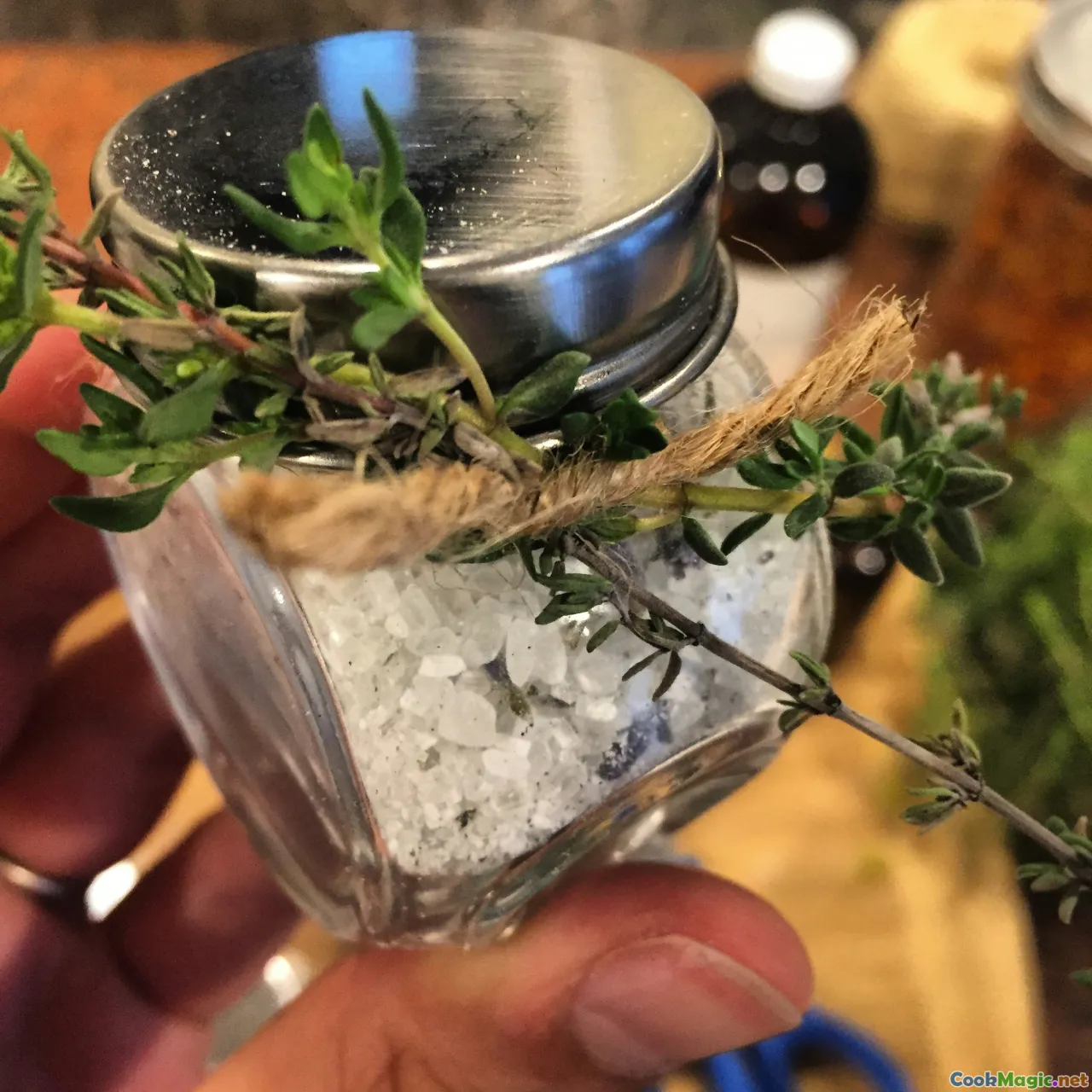
While the core of curing salmon calls for just a few ingredients, quality is paramount:
- Salt: Coarse sea salt or Himalayan salt, unrefined for robust flavor.
- Sugar: Fine white sugar or organic honey for subtle sweetness.
- Herbs & Spices: Fresh dill is iconic, but other classics include juniper berries, black peppercorns, bay leaves, and coriander seeds.
- Acid (optional): Lemon zest or a splash of vodka can add a unique touch.
- Weight: A heavy object or a weight press, to ensure even curing.
Equipment wise, you'll need:
- Sharp filleting knife
- Non-reactive container (glass or stainless steel)
- Baking rack or silicone mat
- Plastic wrap or curing cloth
Personal insight: Resist the temptation to over-salt. Traditional Russian curing uses a delicate balance—just enough salt to preserve and enhance flavors without overwhelming the fish’s natural richness.
The Classic Russian Curing Method
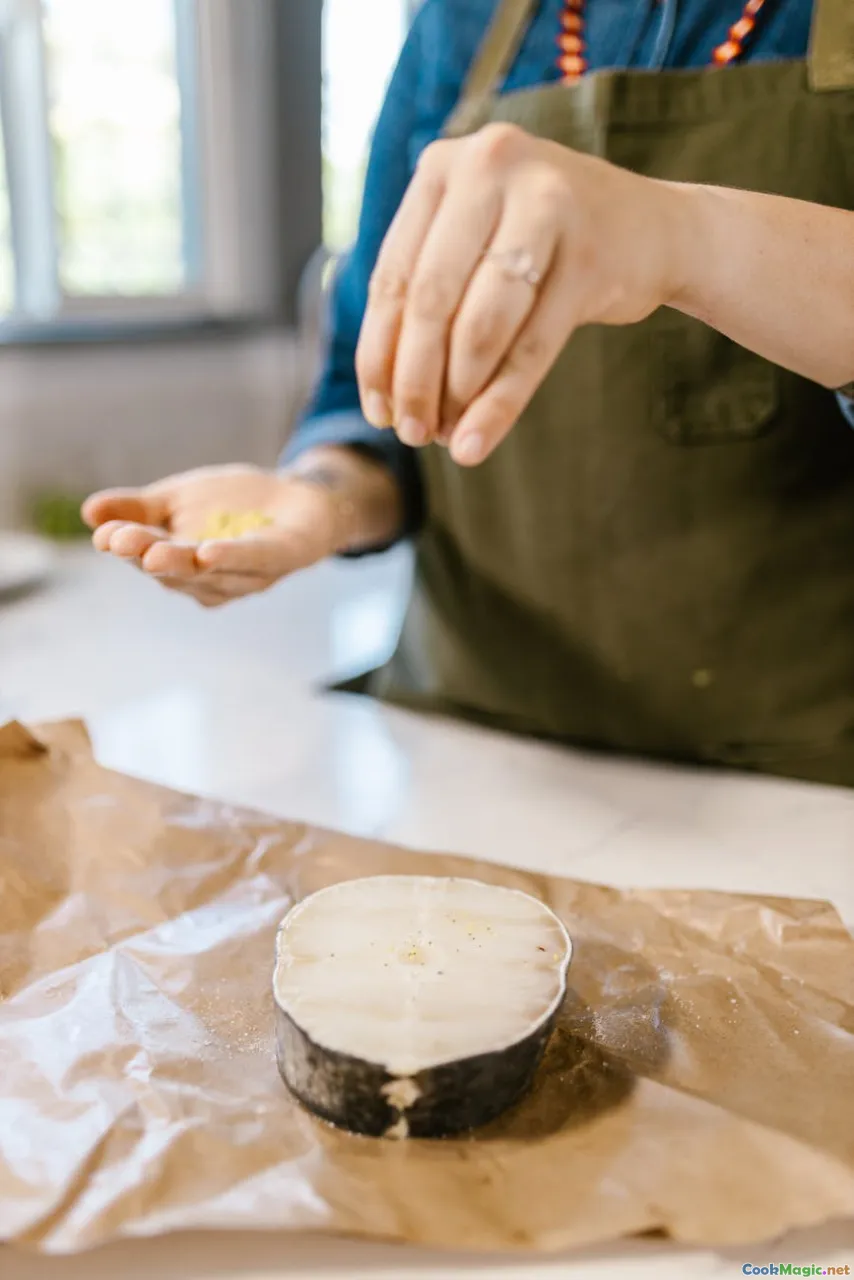
Step-by-step, here’s how to cure your salmon in true Russian style:
1. Prepare the Fish
- Remove the pin bones with tweezers, keeping the fillet intact.
- Check for any remaining skin fragments and trim edges if necessary.
- Pat dry lightly with paper towels.
2. Create the Cure
- Mix 2 parts coarse salt with 1 part sugar—adjust ratios based on fillet size.
- Incorporate finely chopped dill and crushed peppercorns into the mixture.
- For added aroma, zest a lemon or add a splash of vodka—these impurities will subtly intensify flavor.
3. Layering
- Lay a bed of the curing mixture in your container.
- Place the fillet flesh-side down, skin-side up.
- Cover generously with the remaining curing mix ensuring even coverage.
4. Applying Pressure
- Cover with plastic wrap or curing cloth.
- Place a weight on top—use a heavy skillet or a purpose-made curing press.
- Let it cure in the refrigerator for 24–48 hours.
- For a softer, more delicate result, lean towards 24 hours.
- For a firmer, more intense flavor, extend to 48 hours.
5. Checking and Slicing
- Remove the fish from the cure, rinse gently under cold water.
- Pat dry, then slice thinly on the bias.
- Serve immediately on dark rye, with fresh herbs, and a smear of butter or sour cream.
Pro tip: Wrap the cured salmon in parchment or wax paper and let it rest in the fridge for a couple of hours before serving—this allows flavors to meld beautifully.
Personal Variations and Tips for Success

Every Russian family has its secret twists—more dill, a touch of mustard seed, or a hint of smoked pepper for a smoky layer. Feel free to experiment with different spices, or incorporate grated horseradish for a spicy kick. The key is maintaining balance; overpowering flavors drown out the subtlety of cured salmon.
To achieve a consistently perfect texture, monitor the curing time closely—over-curing can make the fish overly salty and firm, while under-curing leaves it insufficiently flavored. Always taste a small piece after the initial curing period to decide if it needs more time.
Personal insight: Cold smoking after curing, using traditional methods like a smoking cone or a cold smoker, can add an ethereal smoky dimension, turning classic zakuski into something extraordinary.
Serving and Pairings: Embodying the Russian Zakuski Tradition
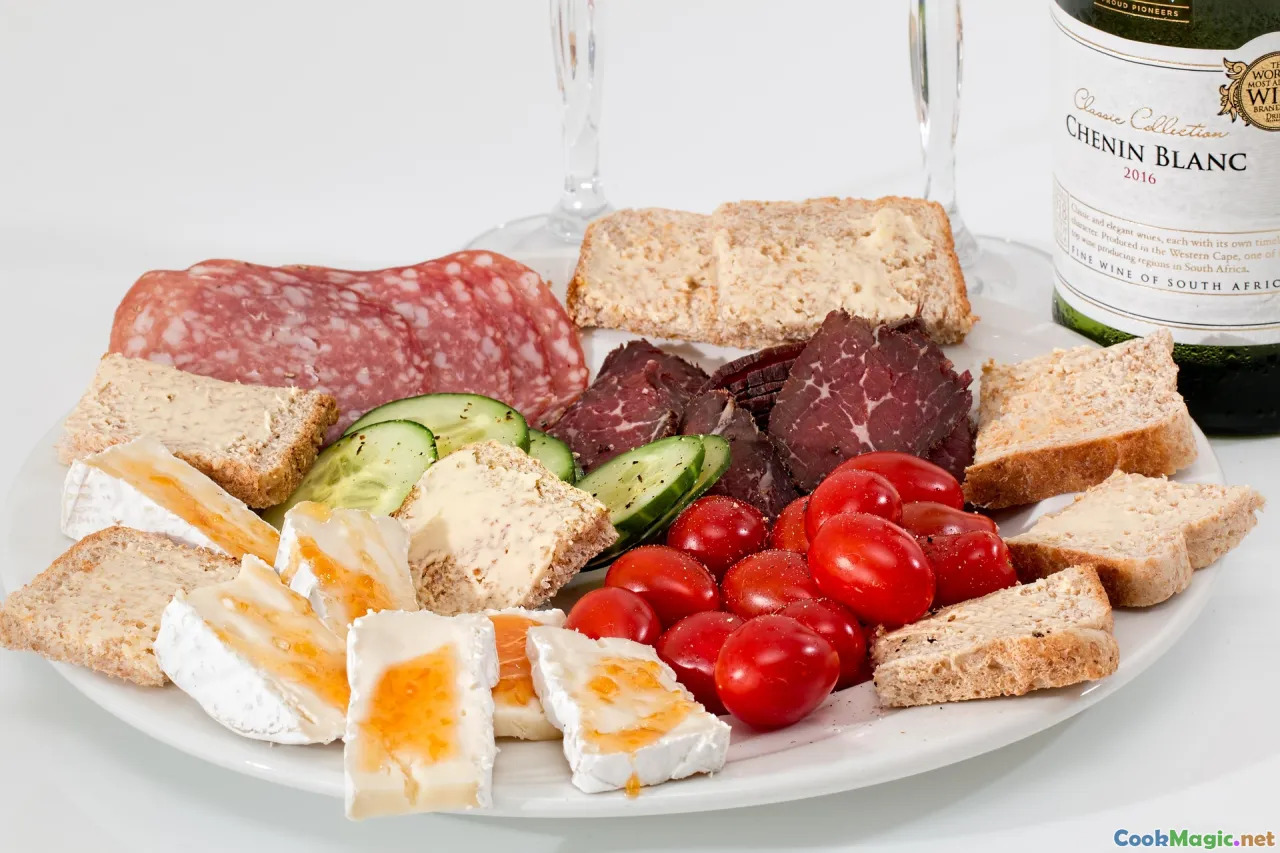
Cured salmon is most evocative when presented as part of a zakuski spread—an array of small bites designed to be enjoyed leisurely. Thinly sliced salmon adorns black bread or crisp blini, topped with crème fraîche, pickled onions, and fresh dill.
For a true Russian experience, serve alongside chilled vodka, crisp pickled vegetables, and an assortment of charcuterie—beef tongue, herring, and marinated mushrooms—all harmonizing to create a symphony of flavors.
Personal insights: In St. Petersburg’s historic restaurants, such as Palkin or Teremok, you might find cured salmon coated with mustard seeds, draped artfully over silver platters—a testament to the elegance and cultural significance of this dish.
Final Reflections: The Spirit of Russian Hospitality in Curing
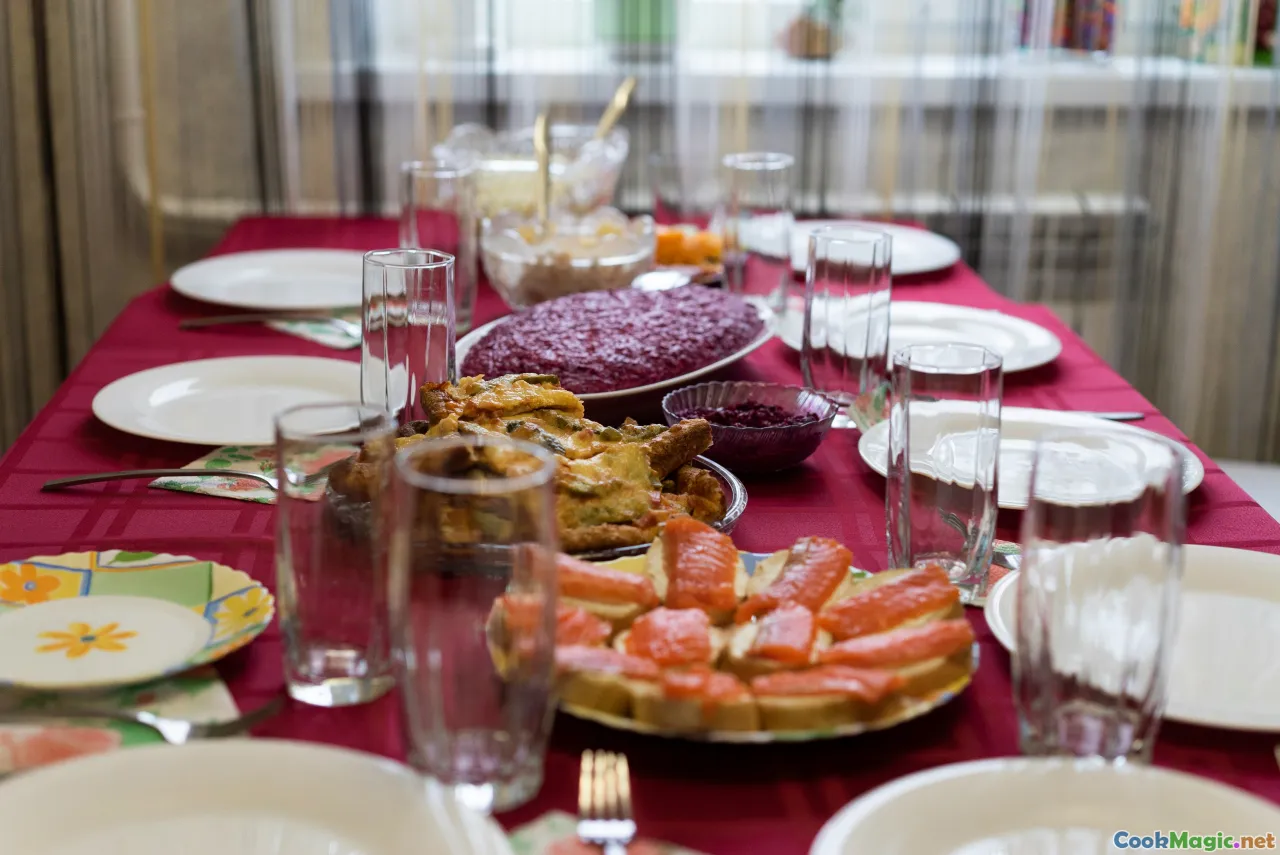
Curing salmon is not just a culinary technique—it’s an act of cultural preservation, a gesture of hospitality that transcends mere nourishment. Each slice embodies centuries of history, old-world patience, and a deep respect for nature’s seasonal offerings.
Sharing homemade cured salmon during a family gathering or a festive toast transforms a simple dish into a cultural ritual—bringing loved ones together around the table, recounting stories, and savoring flavors that echo the icy waters and warm hearts of Russia.
May your curing adventures be as enriching as the tradition itself, and may each slice of your Russian salmon Zakuski be a testament to craftsmanship and heartfelt hospitality.









